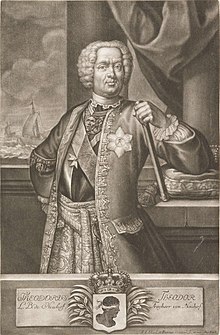 |
| Part of the Cyclorama, beautifully restored |
It used to be that retired folks traveled during the school year if they were clever, and avoided the family vacationing crowds. That worked until we were those retired folks; now everyone seems to be on the airplane or the highway any old time. Maybe it's a horde of homeschoolers, or school districts are afraid of parents of means who demand special exceptions.
Some places are definitely "on" or "off season," though. The Caribbean islands are surprisingly quiet during the height of hurricane season, and that's why we've gone there many times in August. It's also hot as hell, but we've only come close to being hit once, and the hurricane graciously swerved away from its predicted path and left us with only a rainy morning. If you take this tip and get screwed royally by tropical weather, I apologize in advance.
We went to the Canadian side of Niagara Falls just as it got chilly in the autumn, and the city and sights were just crowded enough to be fun but never enough to cause any delays or lines. Plus, even Americans behave better when they're around Canadians.
There are two places around here we take visitors and many times, ourselves, because a mini-vaca that requires only 30 to 45 minutes of driving is the kind you can't pass up. Last week we went to Gettysburg Battlefield National Park to see the lovely new Visitors Center and museum, and especially the restored Cyclorama, a 360-degree painting of Pickett's Charge on July 3, 1863. There was no one else to see it or the film (narrated by Morgan Freeman: you don't get tired of it), and only about two people in the museum. There's a lot of text, photos and artifact signage, and in the summer or during a holiday you can't get much of a look. Despite the cold winds outside, it was the right time to go. And, unfortunately, the summer visitor is blasted by 1,000 Harley riders who have taken a great liking to the town. Yuck.
The other jewel in the scroungy crown of the Capital Area is Hershey. If you've been to the amusement park after 1970 or so, or to the Giant Center or Stadium for an event, you wonder how 13 million people can show up in such a small town. From May to September, that is. First off, we pulled into the zoo parking lot, amost empty -- you can't do that in warm weather. And a tour found the animals out and curious, the opposite of what they are in, again, warm weather. The deer really seemed interested in some interaction (or maybe it was lunchtime). We then stopped at a favorite watering hole and the Trevi 5 restaurant in the Hotel Hershey, and it was like we were out in Iowa somewhere. Almost eerily quiet, but nice. Well, the watering hole (Troeg's brewery) filled up around 5 p.m., but we had spent quite a while there already with all the waitstaff attention we could handle, and there was no line at the bar to fill and refill the tall glasses. In tourist season, you'd go thirsty (my friend).
Baby, it really is cold outside, but that's the time to head out.








